Cocamidopropyl Hydroxysultaine Ingredients: Are They Safe?
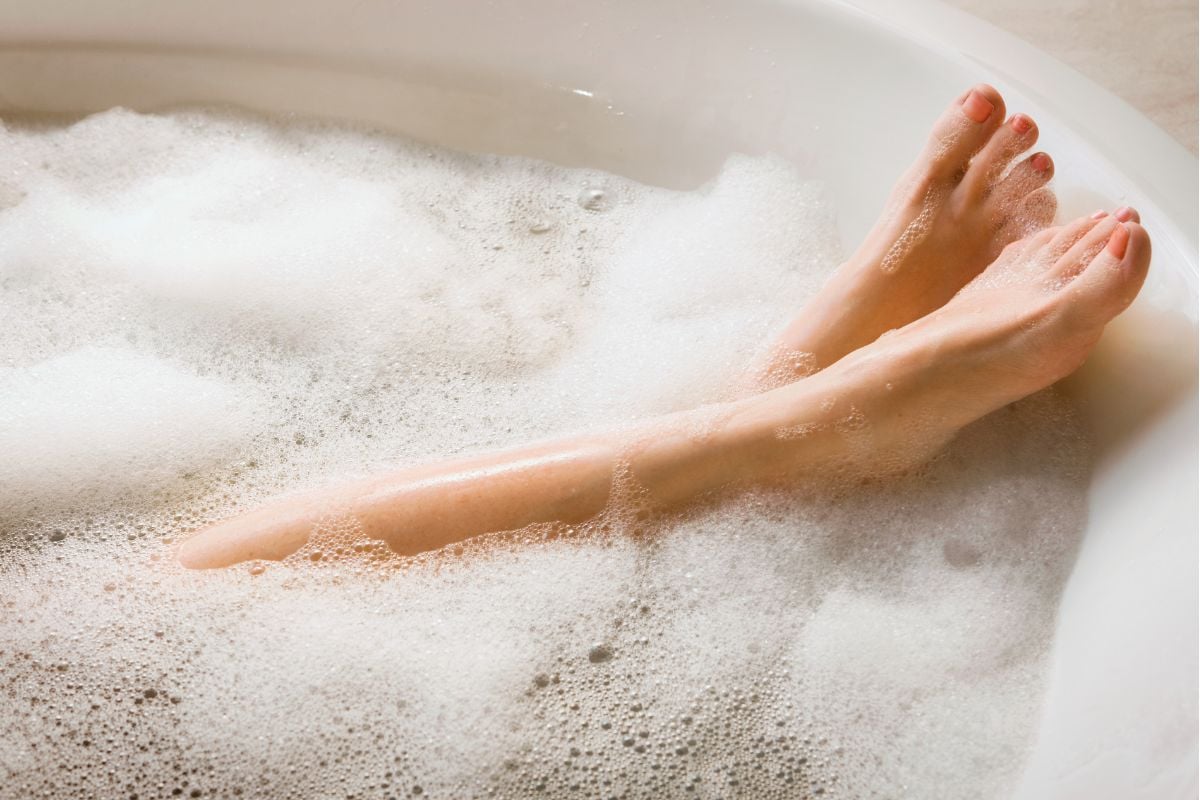
Is cocamidopropyl hydroxysultaine harmful for skin and hair? Does it have any side effects? Is it a skin irritant? What about cocamidopropyl betaine – should I avoid it? And are cocamidopropyl betaine and coco betaine the same? Read this expert review of these three ingredients to be in the know!
Specifically, you will learn about potential cocamidopropyl hydroxysultaine contaminants and how it and cocamidopropyl betaine and coco betaine are made. Additionally, you will find out what function they perform, why they are in personal care products, and, most importantly, how safe they are. This information will help you decide whether it is a good idea for you to use products that contain them. To find out what ingredients are commonly used instead of these, read up on glucosides
Cocamidopropyl Hydroxysultaine Ingredients
What is cocamidopropyl hydroxysultaine made from? According to the 2018 Cosmetic Ingredient Review report, there are several ways of manufacturing cocamidopropyl hydroxysultaine.
One way involves a reaction of an inorganic salt with chlorinated epoxide. Then follows a reaction of the resulting intermediate with amine. One supplier stated that “the process undergoes at least 3 checks for quality control with final adjustments made to yield the standard product” (source).
Another way is an amidation reaction of coconut oil to form cocamidopropyl dimethylamine. Afterwards, this intermediate is quaternized with 3-chloro-2-hydroxy-1-propanesulfonate to form cocamidopropyl hydroxysultaine.
A third way is to produce it by reacting dimethylaminopropylamine with coconut oil, followed by a reaction of the resulting intermediate with a bisulfite solution and water.
Obviously, the production of this surfactant is a multi-step process with chemicals added to produce intermediary chemicals. As a result, cocamidopropyl hydroxysultaine may have some contaminants in it.
Specifically, 3,3-dimethylaminopropylamine (DMAPA) is a cause of concern even if present in tiny amounts, because it is a sensitizer. As a matter of fact, cocamidopropyl betaine may have this contaminant, too.
As for quality control, per one supplier, generally this ingredient contains less than 2 parts per million (ppm) of DMAPA. Alternatively, another supplier reported that unreacted free DMAPA is typically less than 10 ppm. Hence, the supplier from whom a personal/hair care product manufacturer buys their surfactants is very important. Therefore, it is best to buy products with these ingredients from trustworthy companies that source high-quality surfactants from suppliers who are serious about quality control.
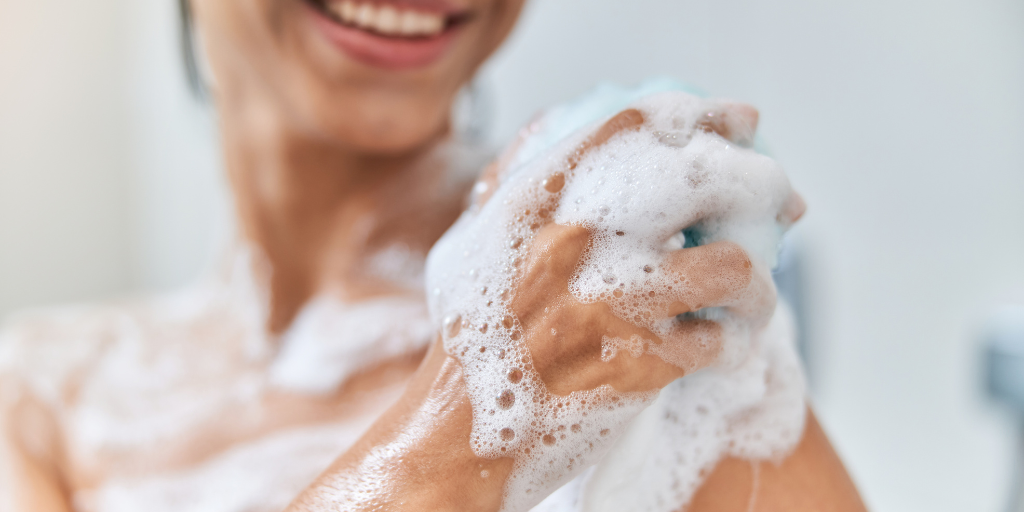
Is Cocamidopropyl Hydroxysultaine The Same As Coconut Oil?
No, it is not. Is cocamidopropyl hydroxysultaine made from coconut? Technically, as you can see in the previous section, two out of three ways of producing this surfactant involve coconut oil. However, in the multi-step production process with chemicals added to produce intermediary chemicals, no coconut oil remains in the end ingredient. The same is true for cocamidopropyl betaine.
Actually, I find it misleading when manufacturers describe their ingredients as “derived from coconut oil.” Somehow, this is supposed to instill the idea that “coconut-oil-derived” means “safe.” I completely disagree!
Indeed, look at the surfactant called cocamide DEA. Its full name is coconut oil diethanolamine condensate (cocamide diethanolamine). For your information, it is on the California list of chemicals known to cause cancer or reproductive toxicity. This “coconut-oil-derived” ingredient has no coconut oil resemblance left at the end of all the chemical reactions involved in its manufacturing process. You can learn more about its use in our post Shampoo Brands to Avoid Today.
Another “coconut-oil-derived” surfactant is cocamide MEA. Basically, it is a mixture of ethanolamines of fatty acids found in coconut oil. You can find out whether cocamide MEA is safer than cocamide DEA in the post about Natulique Hair Color.
Ultimately, the derivational process tends to change the original ingredients, and there are no raw materials left at the end. So, please be aware of that when you see a “derived from coconut oil” ingredient.
What Does Cocamidopropyl Hydroxysultaine Do?
If your shampoo and body wash foam and lather well, it means they contain ingredients that make them foam and lather. These ingredients are called “surfactants,” aka “cleansing agents,” and cocamidopropyl hydroxysultaine, cocamidopropyl betaine, and coco betaine are some of them. Other examples of surfactants are glucosides.
Commonly, these ingredients are used in body, skin and hair care products. If you want to avoid these ingredients, say, in your facial cleanser or a shampoo, check out Pure Haven. Personally, I use Pure Haven facial cleanser and love it! I also love Pure Haven hair care products. They use glucoside surfactants such as coco-glucoside and decyl glucoside.
However, while glucosides are non-irritating for the eyes and are non-stripping, they do not lather as well as cocamidopropyl hydroxysultaine or cocamidopropyl betaine, especially in hard water. (Get help choosing a water softener.) Therefore, for bubble baths, glucoside surfactants are not the best option. Since the primary function of bubble bath is to create lots of foam, cocamidopropyl hydroxysultaine and cocamidopropyl betaine will perform this function better than glucoside surfactants.
Similarly, if you prefer well-lathering body and hair care products (and if you have hard water), glucoside surfactants may not work for you.

Is Cocamidopropyl Hydroxysultaine A Surfactant?
Yes, it is a surfactant, also known as a “cleaning agent.”
For starters, there are two major groups of surfactants – those with an electric charge and those without an electric charge.
The surfactants with an electric charge belong in the group of ionic surfactants. In turn, they are divided into anionic (negative charge), cationic (positive charge), and amphoteric, aka zwitterionic (i.e., having both positive and negative charge) (source and source).
Some examples of ionic surfactants are:
- Ammonium laureth sulfate (ALES)
- Ammonium lauryl sulfate (ALS)
- Potassium cocoate
- Sodium laureth sulfate (SLES)
- Sodium lauryl sulfate (SLS)
Alternatively, the surfactants without an electric charge belong in the group of nonionic surfactants. Some examples of nonionic surfactants are
- Cocamide MEA
- Cocamide DEA
For some perspective, it is helpful to know where all these types of surfactants are used.
- Ionic amphoteric: skin and hair products (shampoos, face and body washes
- Ionic anionic: cleaning products
- Ionic cationic: fabric softeners and disinfectants
- Nonionic: laundry and dishwasher detergents
Both cocamidopropyl hydroxysultaine and cocamidopropyl betaine are ionic surfactants of the amphoteric type. They function as foam boosters, viscosity builders, and cleaning and antistatic agents.
Is Cocamidopropyl Hydroxysultaine Safe?
To make up your mind about its safety and potential side effects, consider the following highlights from the 2018 Cosmetic Ingredient Review report.
| Allergy | – may contain residues of allergenic DMAPA (depending on the manufacturing process) |
| Carcinogenicity | – no published studies about its carcinogenicity – may provoke the formation of potentially carcinogenic nitrosamines in a product under certain conditions – The Cosmetic Ingredient Review Expert Panel encourages manufacturers to use good manufacturing practices to prevent nitrosamine formation. |
| Genotoxicity | – not found genotoxic in concentrations up to 50% |
| Irritation and sensitization | – described as a severe eye irritant (just as cocamidopropyl betaine) – not found to be a skin irritant in animal studies in concentrations up to 41.5% – found to cause slight to moderate irritation after repeated patches in 45% of 44 healthy people in a concentration of 2.5% – not found irritating or sensitizing in a patch test on 51 healthy volunteers in a concentration of 4% – yielded positive patch tests in a concentration of 1% in a patient that experienced eczema following the use of 2 shampoos containing cocamidopropyl hydroxysultaine |
All in all, the CIR Expert Panel believes the sensitization potential of this ingredient is very low. If sensitization occurs, it is likely due to the presence of 3,3-dimethylaminopropylamine (DMAPA). Consequently, the CIR Panel urges manufacturers to minimize the contaminant.
For your reference, most surfactants lack safety data and may cause irritation or allergy. Without access to its purity information, I would give cocamidopropyl hydroxysultaine a safety rating of 3 on a scale from 1 to 10 (with “1” being the safest) when used in products for adults. If cocamidopropyl hydroxysultaine is in baby shampoo, and especially in a bubble bath product, I would give it a rating of 4-5 depending on use. The safest baby shampoo I have found is Pure Haven Baby Wash and Shampoo.
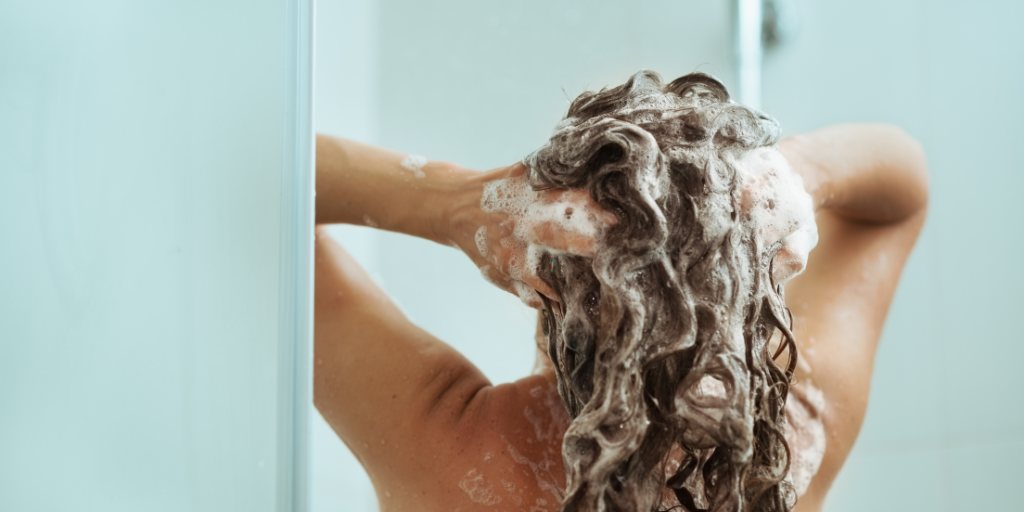
Is Cocamidopropyl Betaine Safe?
While cocamidopropyl betaine (CAPB) has structural similarity with cocamidopropyl hydroxysultaine, it has been studied better because it is more commonly used. To form your own opinion about its safety and potential side effects, consider the following facts.
| Allergy | – listed as one of the allergens by the American Society of Contact Dermatitis, even in concentrations as low as 1% – named “Allergen of the Year” in 2004 due to high rates of cases involving allergic reactions – Dutch dermatologists recommend that hairdressers should patch test for allergy to CAPB when they use products with cocamidopropyl betaine. – Spanish dermatologists believe an allergic reaction to CAPB is infrequent. They reported cases of patients with an allergy to DMAPA but not to CAPB. – German dermatologists argue that a vast majority of positive reactions to CAPB are presumably false positive. |
| Carcinogenicity | – not found carcinogenic in animal studies (2012 CIR report) – Just like cocamidopropyl hydroxysultaine, it may provoke the formation of potentially carcinogenic nitrosamines in a product under certain conditions. – The Cosmetic Ingredient Review Expert Panel encourages manufacturers to use good manufacturing practices to prevent nitrosamine formation. |
| Genotoxicity | – not found genotoxic (2012 CIR report) |
| Irritation and sensitization | – While CAPB was noted to be a skin irritant, the primary concern was related to the presence of impurities with potential to induce skin sensitization, namely DMAPA and amidopropyl dimethylamine (amidoamine) contaminants (2012 CIR report). – The CIR Expert Panel encourages manufacturers not to exceed 0.01% of DMAPA and 0.5% of amidoamine. |
Based on these facts, just like its sibling, I’d rate it a 3-5 out of 10, unless I had access to its purity information. For a comparative review of many baby shampoos, take a look at the Best Baby Shampoo Guide blog post.
What Is The Difference Between Cocamidopropyl Betaine And Coco Betaine?
First of all, “coco betaine” is not short for “cocamidopropyl betaine.” Indeed, they are two different ingredients with different Chemical Abstracts Service (CAS) Registry numbers: 68424-94-2 and 86438-79-1, respectively.
According to the 2018 CIR report, coco betaine belongs to the group of alkyl betaines along with lauryl betaine, cetyl betaine, and myristyl betaine. Like cocamidopropyl hydroxysultaine and cocamidopropyl betaine, coco betaine functions as a surfactant and viscosity increasing agent in skin and hair care products.
Further, its manufacturing process involves a reaction between coconut fatty acids and chloroacetic acid, not amine. In other words, there is no risk of DMAPA contamination and, consequently, no risk of sensitization or allergic reaction caused by DMAPA residue.
Conversely, manufacturing of the “- dopropyl” surfactants involves DMAPA. To name a few, they include:
- avocadamidopropyl betaine
- cocamidopropyl betaine
- cocamidopropyl hydroxysultaine
- erucamidopropyl hydroxysultaine
- lauramidopropyl betaine
- lauramidopropyl hydroxysultaine
- myristamidopropyl hydroxysultaine
- oleamidopropyl hydroxysultaine, and
- tallowamidopropyl hydroxysultaine.
Nevertheless, coco betaine is not absolutely perfect. As a matter of fact, nothing is. For instance, some people can be sensitive even to such seemingly harmless ingredients as chamomile and avocado.
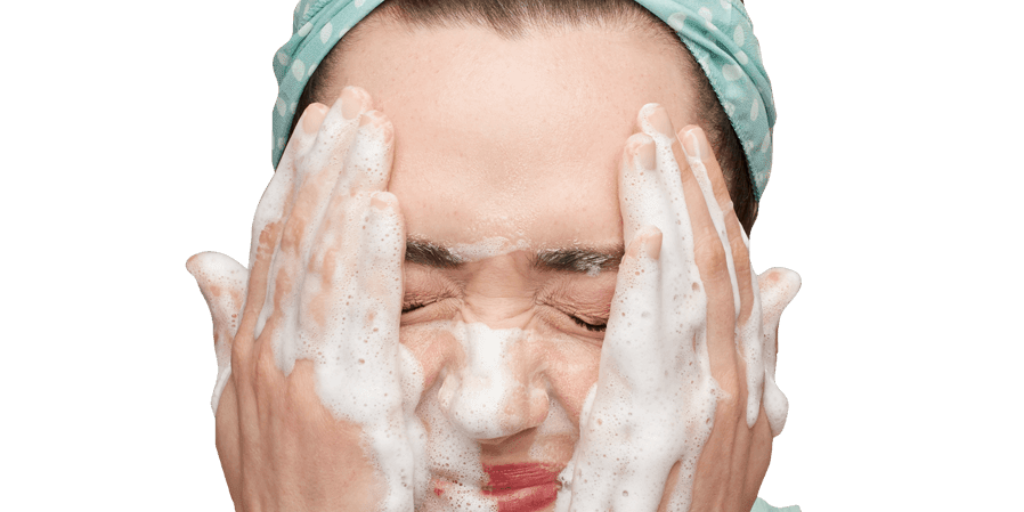
Is Coco Betaine Safe?
To form your own opinion about the safety of coco betaine and its potential side effects, please take into consideration the main points from the 2018 CIR report.
| Genotoxicity | – not found genotoxic in in-vitro studies |
| Irritation and sensitization | – not found sensitizing in animal and human dermal studies in concentrations up to 5% – not found irritating in animal tests in concentration at 16% – showed some potential as a skin irritant when tested together with sodium laurel sulfate (SLS) in distilled water for dermal irritation on 27 humans with 24-hour exposure – There are reports of two cases of eczematous lesions following exposure to shampoos containing coco betaine (Van Haute N, Dooms-Goossens A. Shampoo dermatitis due to coco betaine and sodium lauryl ether sulphate. Contact Dermatitis. 1983; 9(2): 169-169). |
| Reproductive toxicity | – no reproductive/developmental toxic effects in animal studies |
| Systemic toxicity | – low in animal studies |
Overall, I believe coco betaine to be a safer option, and in this case I’d agree with the EWG and rate it 1 out of 10, too. (Find out why I don’t always agree with EWG in my blog post about how to Use The Skin Deep Database The Right Way.)
Nevertheless, in my experience as a product researcher, I do not recall seeing any shampoos made with coco betaine as the only surfactant. Probably, it is impossible because coco betaine does not foam very well.
The CIR Panel concluded that coco betaine was safe in cosmetics when formulated to be non-irritating. As a product manufacturer ingredient safety adviser, I want to emphasize the importance of non-irritating formulation. Read on to learn more!
Conclusion About Cocamidopropyl Hydroxysultaine
Only Reputable Manufacturers Can Ensure The High Quality And Purity Of Cocamidopropyl Hydroxysultaine And Cocamidopropyl Betaine In Their Products.
In conclusion, I believe the sensitization/allergy concerns to cocamidopropyl betaine also apply to cocamidopropyl hydroxysultaine because these ingredients are structurally similar. Cocamidopropyl hydroxysultaine only seems a safer alternative to cocamidopropyl betaine because it is new, and fewer cases of allergic reactions have been reported.
As a product manufacturer ingredient safety adviser, I know that your experience with the same ingredient may vary product by product. The first reason is the differences in purity/quality from brand to brand. Second, the quantity matters, especially when it comes to irritants. Third, the interaction of the ingredients in the formulation matters, too.
I Read Labels For You approves only of those products with these surfactants that come from trusted manufacturers.
Personally, when I had hard water, I used Evolvh haircare products that contain these ingredients. After we installed a water softener, I switched over to Pure Haven hair products that do not use these surfactants. And my husband likes Beautycounter shampoo that has cocamidopropyl hydroxysultaine and foams well.
As for my son, check out this Best Baby Shampoo Guide to see what product we use on my son. Also, find out if there are Numbing Agents in Tear-Free Baby Shampoos.
For more skin and hair product options, visit the IRLFY shop. Browse the I Read Labels For You blog for the latest posts on the topics of your interest. And check out our e-books and services!
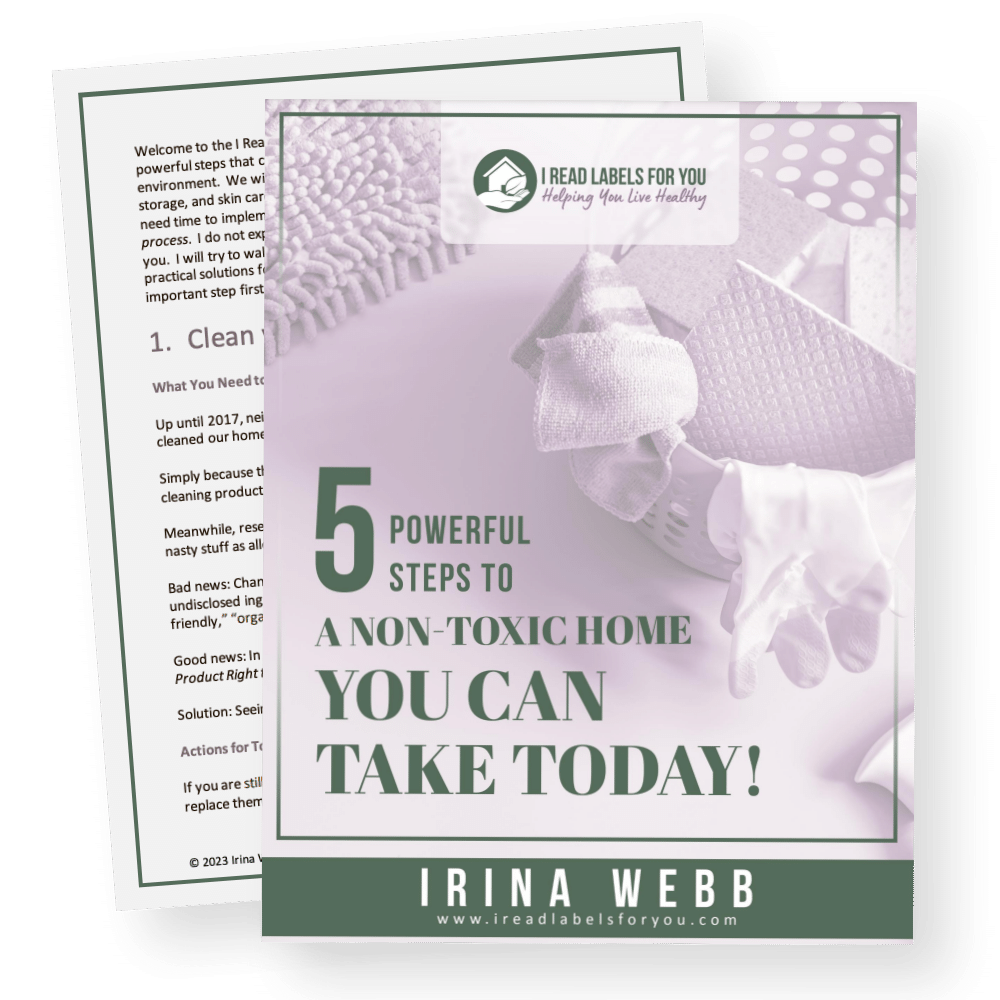
Download The Free Guide!
5 Powerful Steps To A Non-Toxic Home
Join our informed consumer community and get our free guide the “5 Powerful Steps To A Non-Toxic Home”.

 Written by
Written by 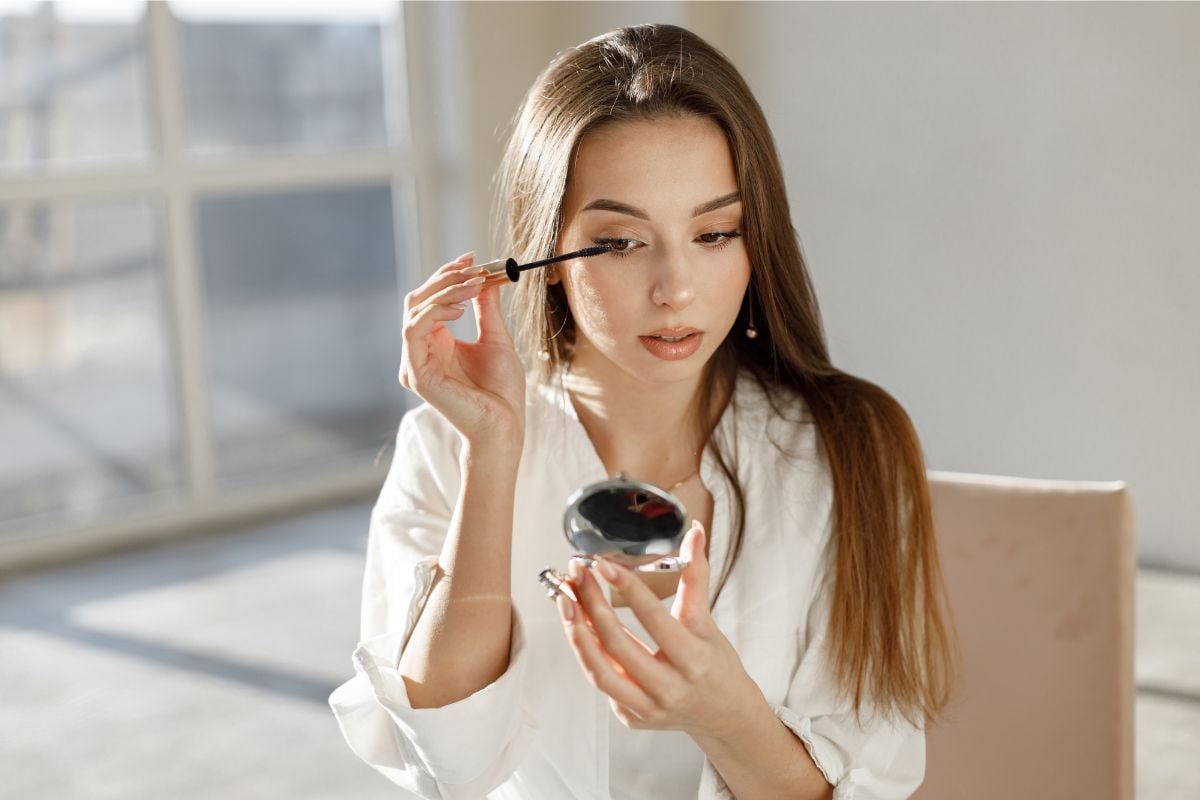

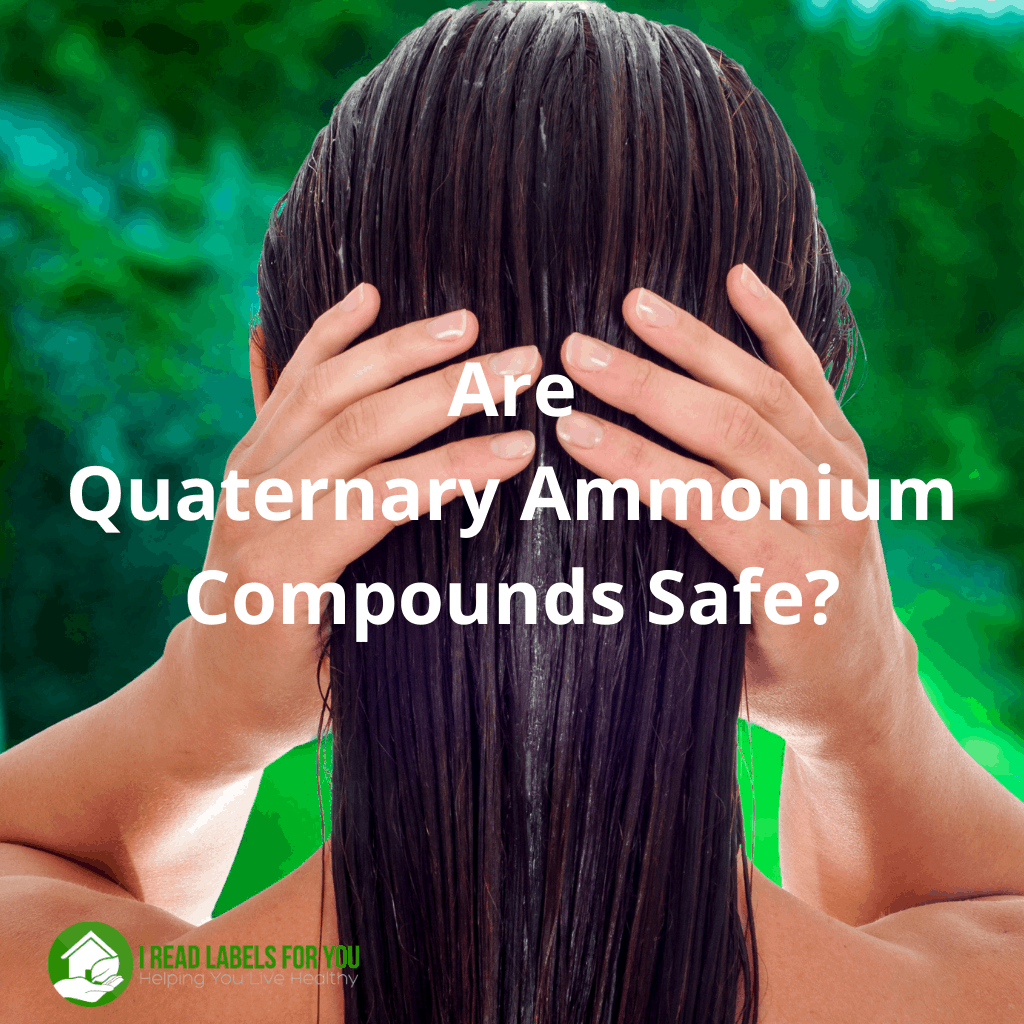
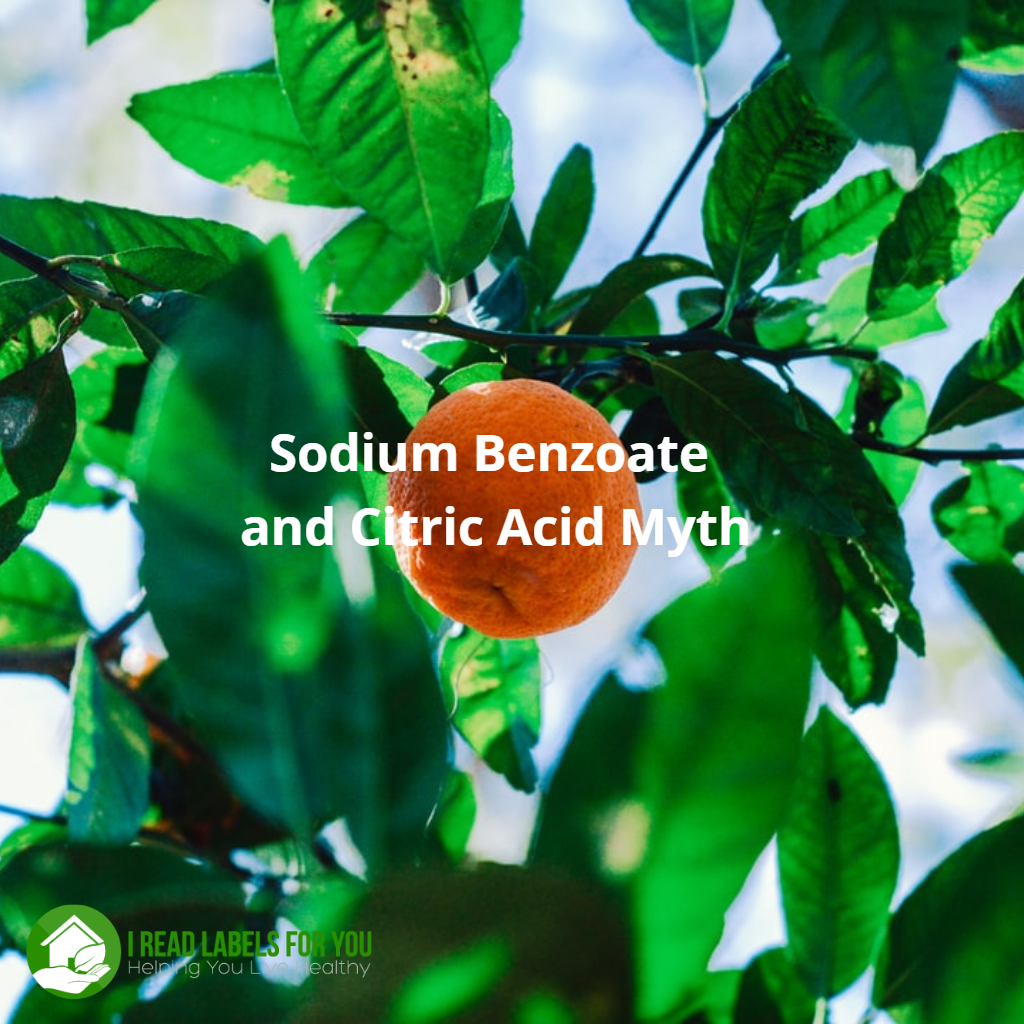
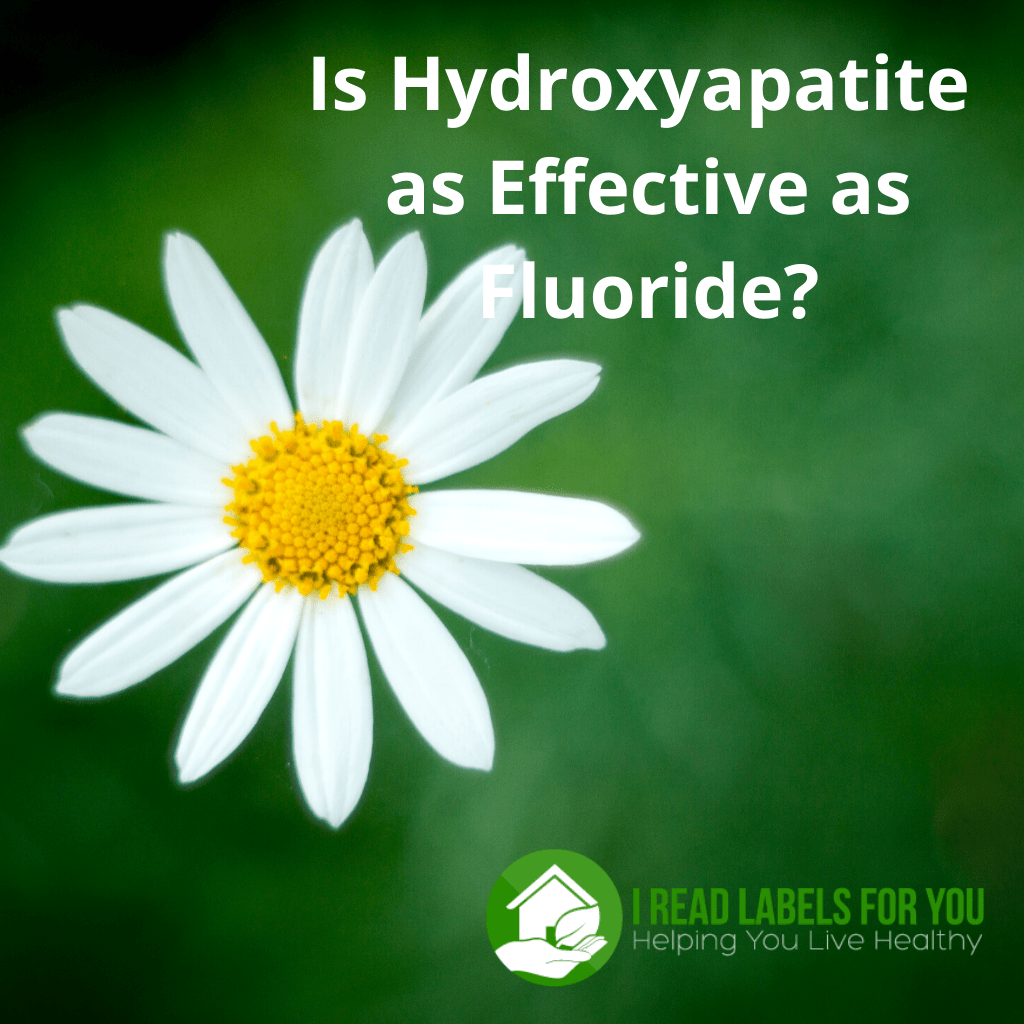
Do you know of any good surfactants that go well with Sodium Cocoyl Isethionate? In a foaming scrub it pairs that ingredient with cocamidopropyl betaine. At first I was thinking of using cocomidopropyl hydroxysultaine…. It is so hard to find good ingredients for things. I do use the EWG but like you said research still needs to be done even with it.
Hi, Julie! Thank you for reaching out to us! Irina will be happy to help you with your question in a private consultation.
This was an incredibly helpful article. I’ve been having horrible eyelid swelling and itching reaction from one of my skincare products and finally narrowed it down to my CeraVe Foaming Face Cleanser. The #2 ingredient is cocamidopropyl hydroxysultaine, and I’m pretty sure impurities in that are the root cause of the problem. Thanks for educating me about the manufacturing process and the fact that it’s not necessarily the ingredient itself but the traces of DMAPA and other impurities. Hoping I can find a decent cleanser without these surfactants. I usually double cleanse in the evening, so I need something with enough cleansing power to get my oil-based cleanser off, and unfortunately a lot of them have this ingredient.
Hi, Stephanie: you are absolutely right that cocamidopropyl hydroxysultaine and cocamidopropyl betaine are so hard to avoid. And I’m sorry to hear about your challenges. In my shop I have some cleansers without these ingredients: https://ireadlabelsforyou.com/product-category/healthy-skin/ Have you seen it? ~Irina
I keep referring back to this article. It is so helpful. Thank you! I have a problem with contact dermatitis on my forehead and this article has highlighted both the sensitizing properties of surfactants whose names end in -dopropyl and the difference between Coco-Betaine and Cocamidopropyl Betaine. Thanks again!
You are very welcome, Stephanie! Thank you for reading! ~irina
Hi Irina, thanks for the overview of this ingredient and thoughtful comparisons to Cocamidopropyl betaine. I think the safety of these ingredients come down to the sourcing and manufacturing process. The problematic compounds are found in the lower quality versions of these ingredients. They can be produced in a fashion that is safe, but as consumers, we only see the ingredient name. The quality of the ingredients are often unclear when in a list on the back of the tube.
Hi, Marc: I would agree with that. Thank you! ~Irina
I’m sensitive to Cocamidopropyl Betaine. Three questions:
1) Does that mean I am allergic to coconut, in general?
2) Since I’m allergic to CAPB, should I also stay away from Cocamidopropyl Hydroxysultaine ?
3) What body, hair, and cleaning products would you recommend that don’t have those ingredients?
Hi, Grace: Scientists believe that people who are allergic to CAPB, are allergic to its contaminants, not to coconut. There is no true coconut in CAPB as it is a highly processed ingredient. Thus, most likely you are not allergic to coconut. However, you should get a patch test to coconut to make sure that you are allergic to coconut to be 100% sure. If you are allergic to CAPB, it is possible that you are allergic to Cocamidopropyl Hydroxysultaine, too. Products that you see in on my blog and Shop, do not contain these ingredients: https://ireadlabelsforyou.com/shop/ You are here for a treat. Here is a shampoo that I like: https://ireadlabelsforyou.com/safest-shampoos-conditioners/ ~Irina
Can you clarify :Cocamidopropyl Hydroxysultaine was found to be genotoxic in concentrations up to 50%. what does that mean exactly? If its over 50% its not genotoxic? Thank you this is a great breakdown and I am comparing Meyer’s vs Softsoap vs Neutrogena (body wash)
Thank you for reading it, Nicholas!! I omitted “not.” I made the correction – please take a look. ~Irina
Is it coconut derived? How can you tell if there are coconut derived ingredients under different names in products for people with a nut allergy?
Hi, Jenny: You have to read Cosmetic Ingredient Review reports to learn about the derivation of ingredients. Yes, I believe Cocamidropropyl Hydrosultaine is coconut-derived. ~Irina
Just read several of your articles in doing research on chemicals. Appreciate the helpful information, especially in breaking down the chemical processes as well as the EWG’s findings. Read your honest personal story too. I have hashimoto’s. Standard medical practice doctors here in the midwest just treat the symptoms. I’m 68 yo. Stopped eating meat years ago because one of our sons educated me on the benefits. Helped me with several food allergies. But I could not give up dairy until recently when I went on a plant based diet, which has helped a lot more. However, trying to find all organic body care products sans chemicals is difficult to say the least. I will be using your advice a lot. Thank you. Mary
Hi, Mary: I am happy about your successful experience. You are absolutely right that whatever we put on our bodies, inhale, and ingest as dust matters too. I hope you can take advantage of my consultation service as well. ~Irina
I really enjoy when you break down ingredients this way. It is so enlightening and the article is short enough that it’s not overwhelming or alarmists.
Thank you so much for all you do!
Hi, Netty! Thank you so much for reading and saying that. It means a lot to me. Lately, I’ve been focusing on presenting confusing information in a more clear way…What shampoo do you use? ~Irina